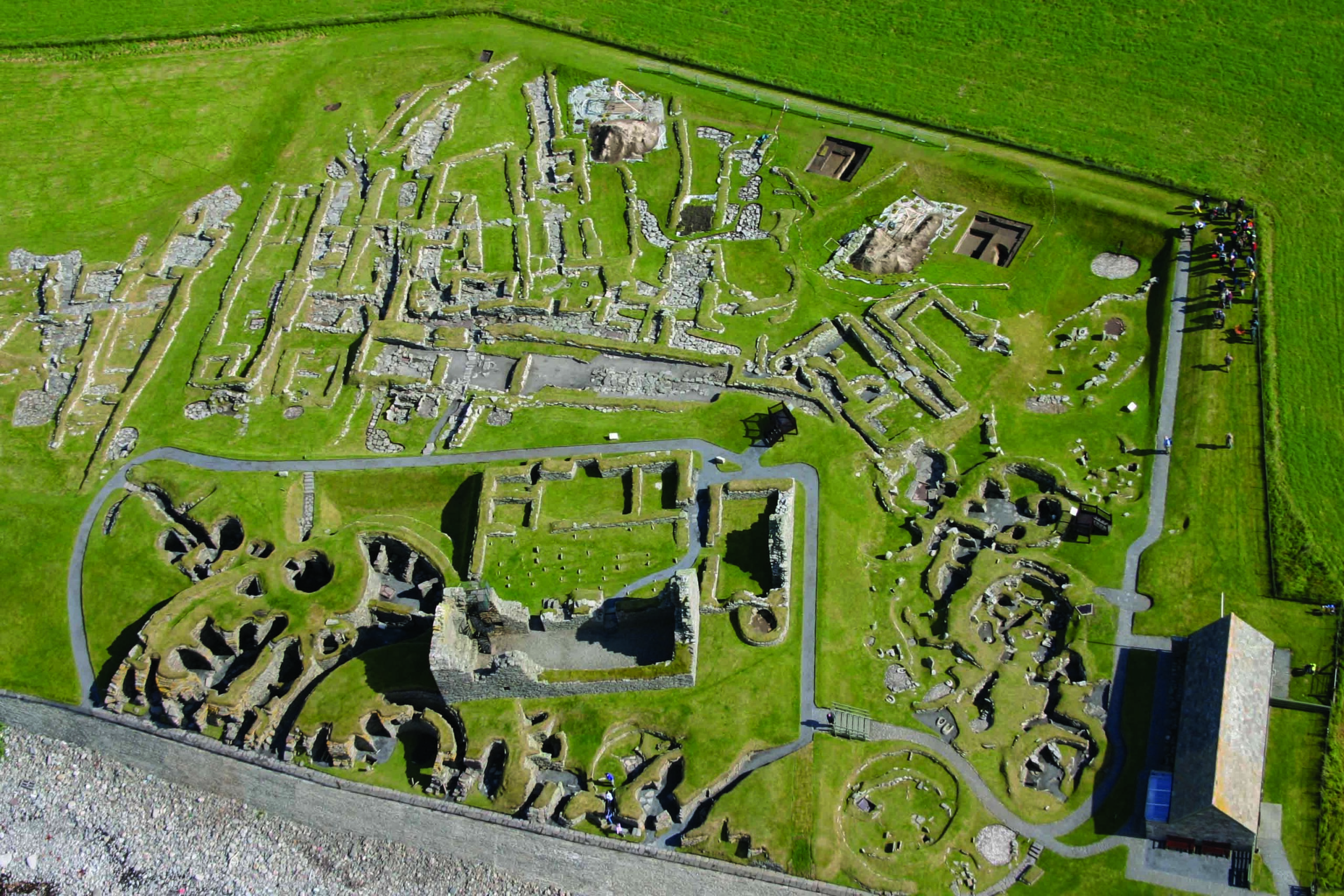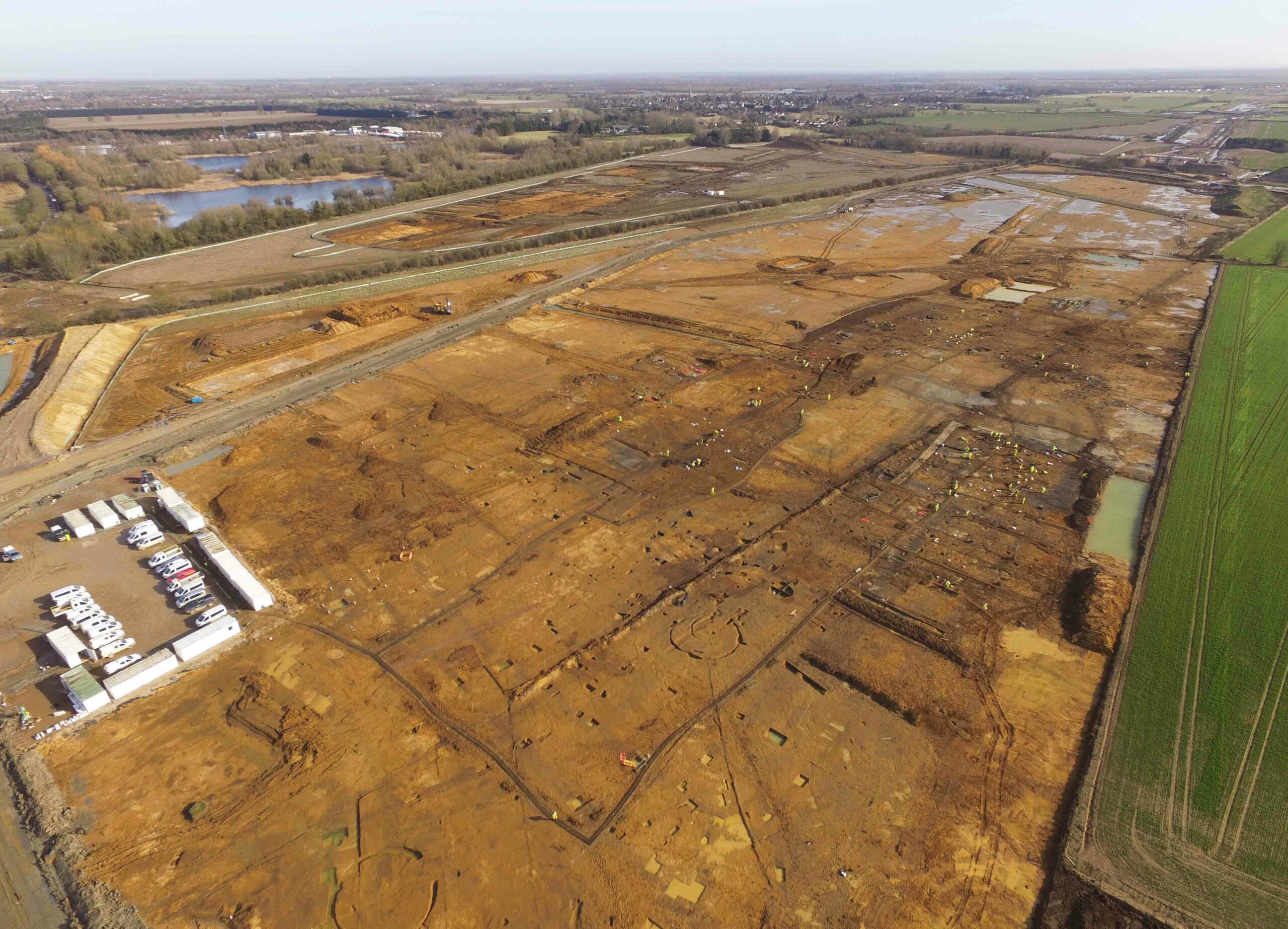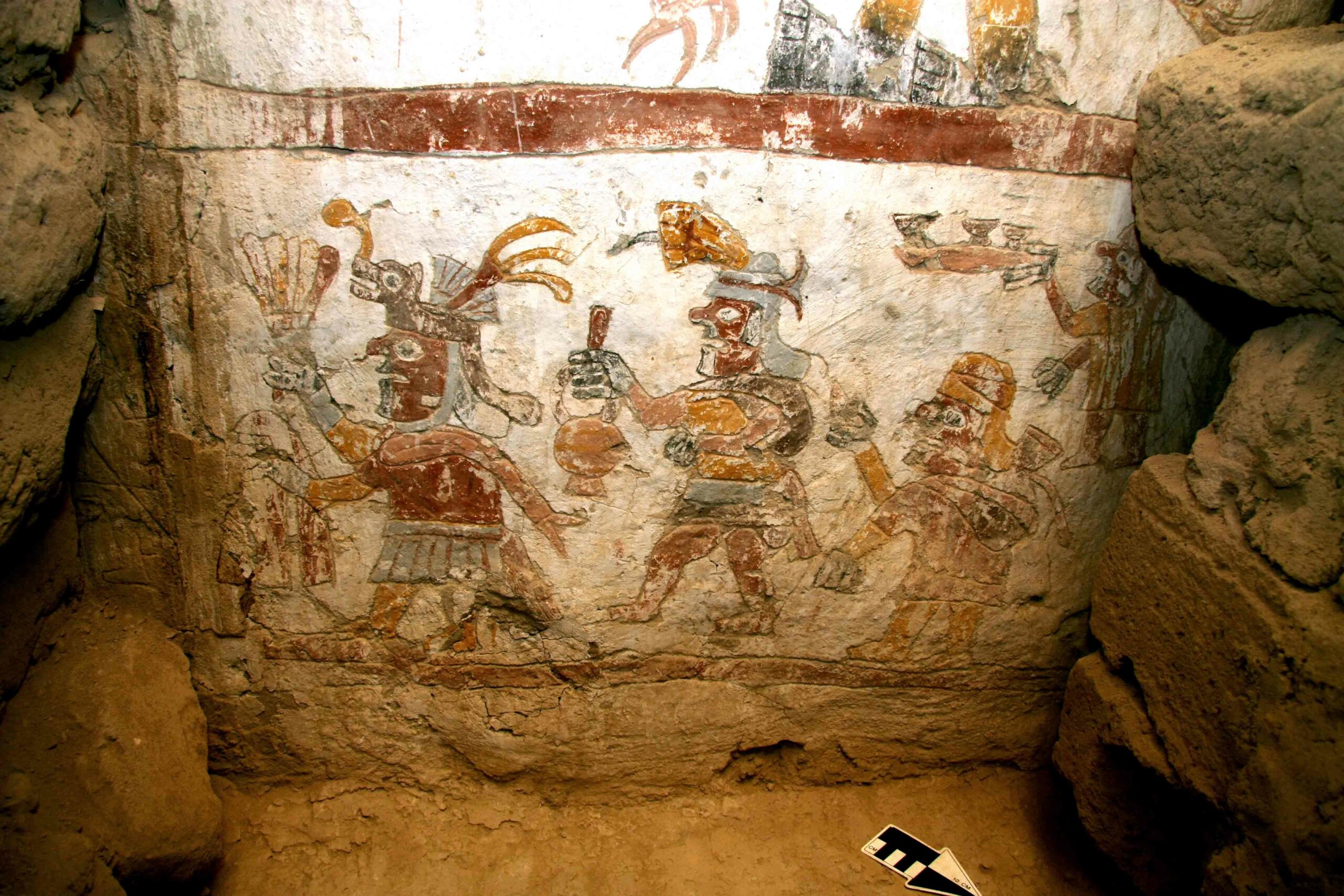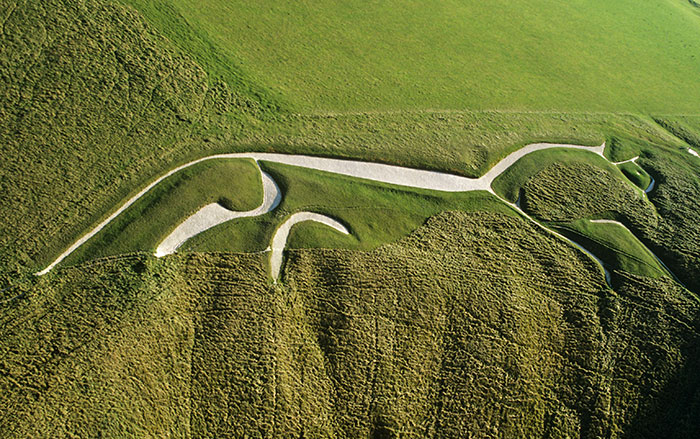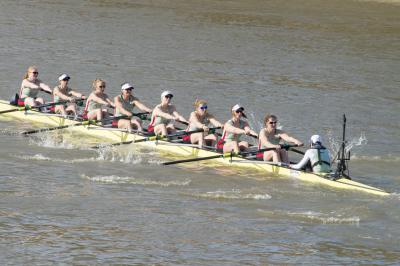
CAMBRIDGE, ENGLAND—According to a report in The Guardian, Alison Macintosh of the University of Cambridge and a team of researchers examined the shin bones and upper arm bones of 94 women who lived in central Europe between 5300 B.C. and A.D. 900, and compared them to scans of the bones of 83 living women who were either runners, rowers, footballers, or not athletic. They found that the women who lived during the Neolithic period through the late Iron Age had very strong arms, perhaps developed by the repetitive motions of grinding grain, pottery making, farming, and tending livestock. “We really saw them standing out through that first 5,500 years of farming, just really consistently stronger arm bones than the majority of the living women, including the rowers,” Macintosh said. By the Middle Ages, women’s arm strength had decreased to levels comparable to modern women, perhaps due to innovations in grain-grinding technologies. For more, go to “Europe's First Farmers.”



